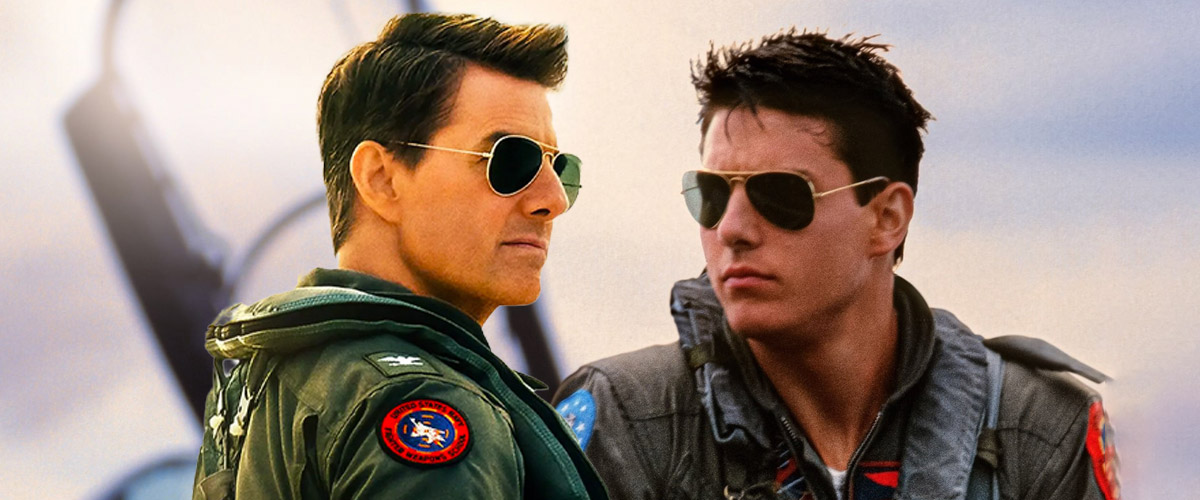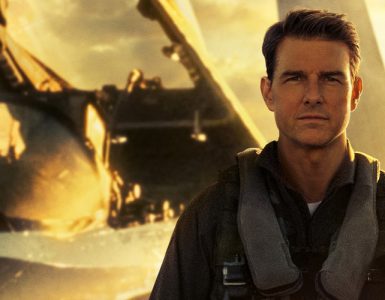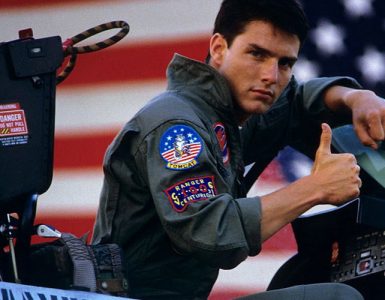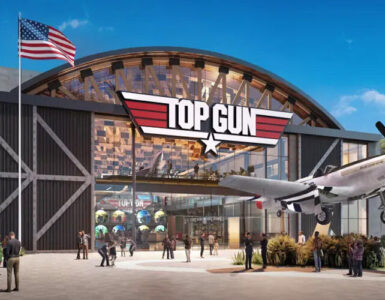“Wow, that was even better than the original movie!” said no one, ever.
In Hollywood, movie sequels are known to be notoriously bad cash grabs, and the more popular the first movie, the harder the criticism comes for it when the inevitable sequel lands. While we might enjoy the occasional John Wick: Chapter 2, the original is still far superior. The Matrix should’ve stopped at one and done, and could Cars, Speed, Robocop, Halloween, I Know What You Did Last Summer – the list goes on and we know you can name a string of sequels that took away everything we loved about the original.
That’s not to say that every sequel ever made is bad, though. Some sequels, while not superior to the original, were still fun, including Indiana Jones and the Temple of Doom and Toy Story 2, and the funny thing is that without these sequels, we might not have received a third entry in the franchise – sequels that, again, while not as good as the original, paved the way for a superior Part 3.
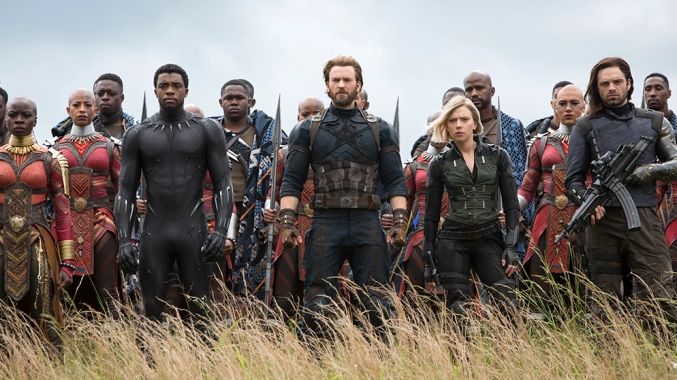
But that said, there have been a small handful of sequels that turned out way better, and far superior to the original. The list is short, and even then, we know you have some in mind that aren’t on this list, so let us be precise – by sequels, we mean sequels to the original film. This normally means the second entry or the first sequel, so that means we have to leave out some pretty great sequels that came in during the third, or even fourth attempt. Avengers: Infinity War and Avengers: Endgame are technically parts three and four, as are Mad Max: Fury Road, the last three Mission Impossible films.
But trust us when we say that these movies listed down below are 10 perfect sequels that future sequel directors and filmmakers should take notes from.
Aliens (1986)
Sequel to: Alien (1979)

36 years ago, James Cameron’s Aliens opened in theatres and stunned audiences, including jaded critics, with a seven-year overdue sequel to Ridley Scott’s Alien. The movie earned near-universal praise and earned an Oscar nomination for Sigourney Weaver’s role as Ellen Ripley.
So what did Cameron do right that many soulless cash grab sequels at the time got wrong?
For starters, Cameron took the ideas introduced by Scott and shifted the entire tone and genre of the entire franchise. Scott’s Alien was sci-fi/horror and Cameron brought in thriller and action to the mix and expanded on the mythology that Scott had introduced in the first film.
Cameron also gave tantalising details about the xenomorph without over-explaining it and still kept parts of the species a mystery. Plus, he made Ripley the centre of the story while adding a slew of colourful new cast members who were far more memorable than the crews of the first film. Alien was a concept-driven film that successfully garnered the interest of viewers and lovers of sci-fi, Aliens was a character-driven film that brought the much needed emotional payoff.
After this perfect sequel, it was game over for other sequels, man. Game over!
Captain America: The Winter Soldier (2014)
Sequel to: Captain America: The First Avenger (2011)
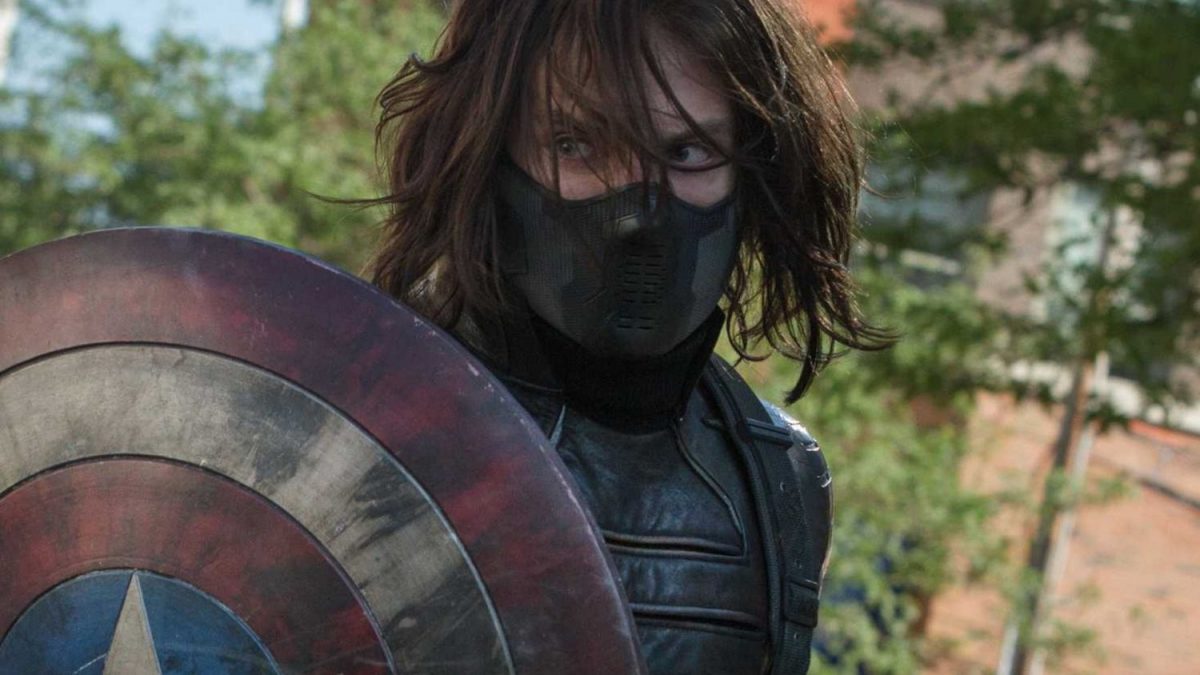
Many Marvel Cinematic Universe (MCU) fans will argue that Captain America: The Winter Soldier is the best movie of the Captain America film series, so it goes without saying that the 2014 movie starring Chris Evans as Cap/Steve Rogers, Sebastian Stan as Bucky Barnes/The Winter Soldier and Anthony Mackie as Sam Wilson/The Falcon is a fantastic sequel to the 2011 movie.
The first 2011 movie introduced Cap into the MCU and whilst it was a great origin movie, it wasn’t until The Winter Soldier that he gets a full character arc. We see him try to adjust and adapt to life in the 21st century, actually navigate (even forge) relationships with those around him – whether it’s the betrayal by S.H.I.E.L.D. or his friendships with Sam Wilson, Natasha Romanoff and Nick Fury – and see him learn to trust his instincts. The movie really set him up to be a well-respected and admired leader of the Avengers and solidified an even stronger fanbase that would last up till his last appearance in Avengers: Endgame.
The MCU then also suffered from some of the same faults as it does now (i.e. a copy-paste template, injecting unnecessary humour or pathos) and The Winter Soldier was a brief departure from that. Directors the Russo Brothers took a slightly darker path for the MCU (we’re looking at this at the time it was created, so forget Sam Raimi’s Doctor Strange in the Multiverse of Madness)and gave the movie permission to take itself seriously. The tonal shift left a lasting impact and clearly served its characters’ story arcs before serving its fans with incongruous jokes or distractions.
The Winter Soldier dared to be a true comic-book film and introduced one of the best villains, Cap’s very own [brainwashed] best friend, Bucky Barnes, who wasn’t only brilliantly played by actor Stan, but was also equal in combat skills and capabilities as Cap, making the action even more so exciting.
Star Trek II: The Wrath of Khan (1982)
Sequel to: Star Trek: The Motion Picture (1979)
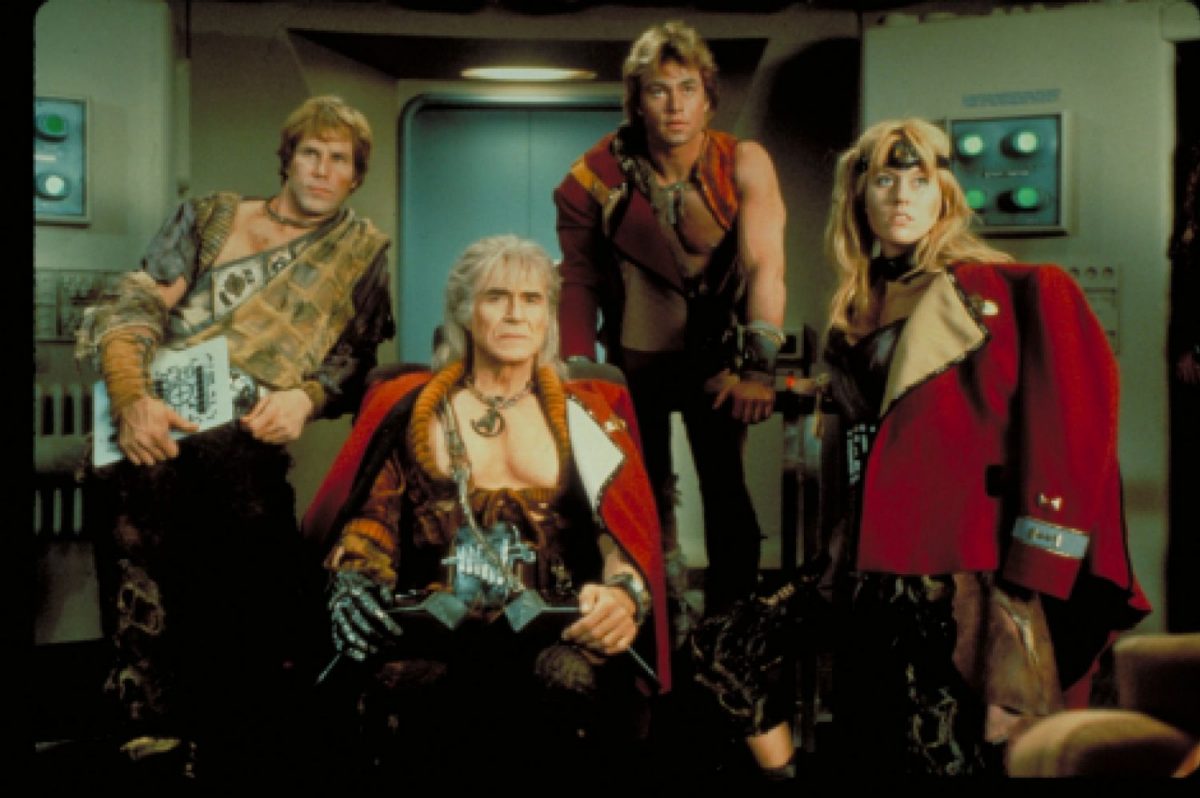
Even after almost 40 years, Star Trek II: The Wrath of Khan is one of the films that many Trekkies consider as the best Star Trek movie, that just happens to be a sequel. Okay, even if you disagree and think that Star Trek: The Voyage Home or Star Trek: First Contact is the better movie, there’s no denying that The Wrath of Khan is the perfect sequel to the 1979 Star Trek: The Motion Picture film.
Although fans have learned to appreciate the original 1979 film throughout the years, Star Trek: The Motion Picture was not an overwhelming success when it first came out. Due to the financial phenomena and rejuvenated interest in the sci-fi genre brought upon by Star Wars, Star Trek’s insistence on being its own thing almost led to its demise. Massive cost overruns, script rewrites and a very angry Leonard Nimoy, the Star Trek film series would’ve started and ended with the first film, had The Wrath of Khan not save it.
The Wrath of Khan had faster pacing, displayed a wry sense of humour that was severely lacking from the first one, referenced the classic TV show and had the best costumes. The Wrath of Khan was so adept in mixing old and new, it not only brought back fans, it also attracted a whole lot of new ones. Plus, it had one of the most memorable villains of the franchise, Khan, played by Ricardo Montalban. Khan was an absolute scene-stealer with his Hannibal Lecter-like diabolical plans and elevated intergalactic warlord performance.
The Wrath of Khan also had a lot of heart. This was fleshed out with the relationship between Kirk and Spock. The movie’s ending was teary-eyed, hopeful and all in all, perfect. It offered a final sacrifice which hurt the very depths of our hearts but brought forward thrilling possibilities for the future. Where Star Trek: The Motion Picture was a snoozefest, The Wrath of Khan demanded to be seen and appreciated.
Star Wars: The Empire Strikes Back (1980)
Sequel to: Star Wars: A New Hope (1977)

Alright, there’s no way we’ll mention Star Wars in passing and not have it on the list somewhere. Star Wars: A New Hope was revolutionary in its universe-building of a galaxy far, far away, but Star Wars: The Empire Strikes Back expanded on the concept and rocketed viewers into a rich, intense galaxy never seen before. From the ice world of Hoth, the swamps of Dagobah and the seemingly peaceful Cloud City, The Empire Strikes Back was easily a visual spectacle compared to the backstory heavy original and upped the ante in every possible way.
The script, acting and directing were all stronger. Luke, Leia and Han had a much stronger dynamic (something Rey, Poe and Finn greatly lacked in the sequels) and fan-favourite characters who returned from the first film got a bunch of iconic moments! It also introduced a bunch of awesome new characters that have now become beloved characters in the Star Wars universe, including Yoda, Lando Calrissian, Boba Fett and more.
Of course, how can we not mention the most iconic scene of all time in the history of cinema and pop culture – Luke’s first showdown with Darth Vader. Despite there being a clear cut hero and villain of the story, Luke and Vader didn’t meet face to face until The Empire Strikes Back. Luke’s ass gets handed to him and the cherry on top was when Vader tells him, “I am your father.”
Mic drop.
Terminator 2: Judgement Day (1991)
Sequel to: Terminator (1984)

James Cameron makes a second appearance on this list, the only director to do so, with Terminator 2: Judgement Day. In this perfect sequel, Cameron followed up his 1984 blockbuster with a story of a young and rebellious John Connor pursued by the highly advanced T-1000 Terminator. After hearing so much of John Connor, future leader of the human resistance, we finally saw him as a boy (Edward Furlong) but the twist was how Cameron took the big villain from the original, and turned Arnold Schwarzenegger’s T-800 into the hero of this story, to become a bigger hero and indulge in plenty of emotional and intimate moments. The father-son bond between John and T-800 is interesting to watch, and it beautifully parallels the relationship between John and his mother, Sarah Connor.
The action sequences in the film were also expanded to be bigger and better, and the film had memorable lines, including “Hasta la vista, baby!”, that many still recall to this day. This film cemented Cameron’s capability and expertise as a masterful director and auteur, and it is rather unfortunate that this also marked the last great Terminator movie in the franchise.
The Dark Knight (2008)
Sequel to: Batman Begins (2005)
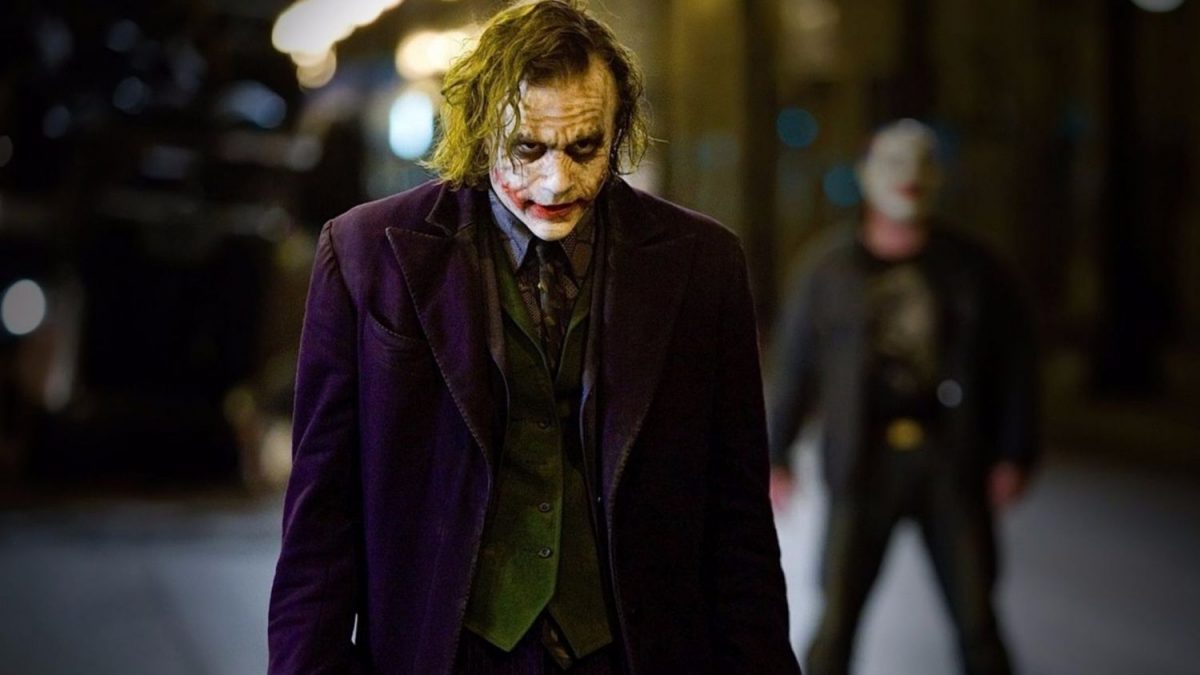
Christopher Nolan’s Batman trilogy is one of the most celebrated film series by superhero fans and film nerds alike. Batman Begins reimagined the world’s greatest detective and grounded the superhero in reality as much as possible. We’d go so far as to say that it had single-handedly changed the way superhero movies were made.
With Batman Begins as the perfect foundation, it paved the way for a sequel that had technical flair, direction and writing – and that’s exactly what The Dark Knight was. Unlike most superhero films back then, and arguably even today, The Dark Knight is a direct juxtaposition to a standard superhero good guy versus bad guy trope. It dwelled in the grey areas surrounding the so-called moral high ground and saw the Caped Crusader toe the line between superheroism and vigilantism. If some men simply want to watch the world burn, how do you fight them without becoming one yourself? The movie was grounded and felt all-too-real. Plus, the movie had superb acting.
Although Christian Bale’s Batman is still one of the best Batmans to grace the screens, it was Heath Ledger’s performance of The Joker that has burned into the minds of viewers and comic book fans. Ledger was the main ‘wow factor’ of the movie. Ask anyone about The Dark Knight movie and they would almost always bring up Ledger’s phenomenal performance as the Clown Prince of Crime. Years on, Ledger’s portrayal of the Joker is the single greatest villain in not just superhero movies, but in movie history.
The Godfather Part II (1974)
Sequel to: The Godfather (1972)

The Godfather Part II is Francis Ford Coppola’s masterpiece. It redefined the crime genre and set the standard for what a great sequel is supposed to look and be like.
The Godfather Part II begins in the early 20th century and shone light onto the early life of Vito Andolini (who later becomes renamed to Vito Corleone and was played by Marlon Brando). The film goes back and forth between the story of Vito and the story of Michael Corleone (Al Pacino) and sees how Michael went from the most innocent member of the family to the man who would do anything to protect the interests of the Corleone crime family. The movie continued Michael’s moral arc as he descends into complete moral corruption. This unexpected progression expanded viewers’ understanding of the family and enhanced appreciation of the legendary characters presented in the original film. Whilst most sequels try to move to the beat or mimic the first film, The Godfather Part II was not afraid to strike out on its own and make its own moves – AND still have a cohesive story.
An immense amount of care also went into the making of the movie. The production design was masterful and the actors put out impeccable performances, especially newcomer Robert de Niro who won the Oscar for Best Supporting Actor. In all, the movie received 11 Oscar nominations and won six, and is also considered one of the greatest films of all time – that said, it is definitely worthy being considered one of the best sequels to exist.
Top Gun: Maverick (2022)
Sequel to: Top Gun (1986)
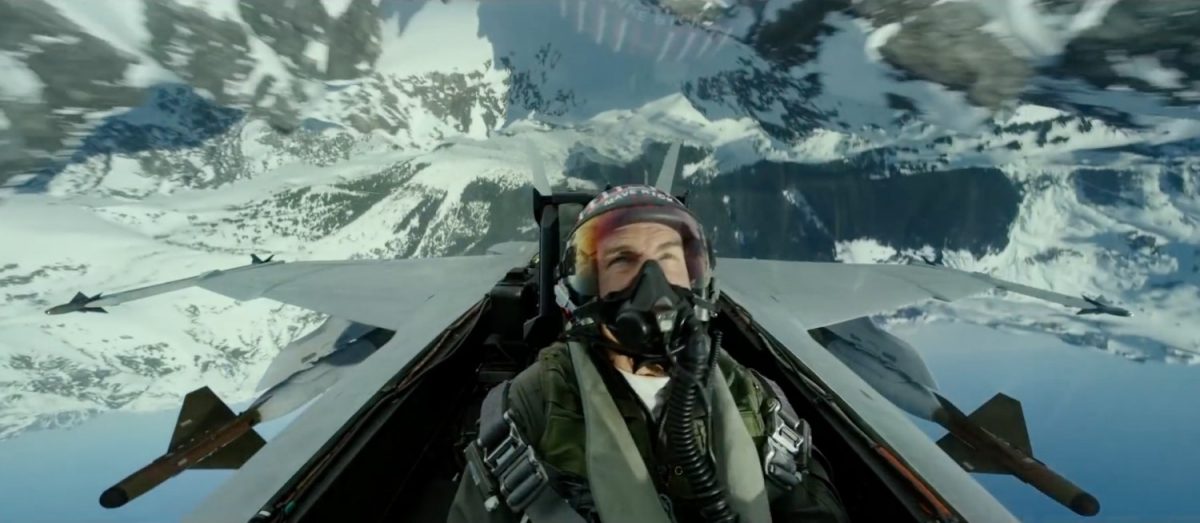
Any child of the 80s would be familiar with 1986’s Top Gun. Filled with iconic music, dialogue, actors and action, the ultimate Naval aviator movie was responsible for sealing Tom Cruise’s reputation as an A-list star, and remains one of the most iconic movies from that era that never received a sequel. Until now.
After 36 years, fans get to see Cruise back on a plane and soar above other sequels with a story that retained the spirit of the original film, whilst introducing a whole new cast of unknown characters and talents to the same perfection it did in the first film.
Director Joseph Kosinski pays homage to the original in many forms and doesn’t attempt to include a personal stamp on it. Plenty of new directors who take on a sequel of an original film they didn’t do attempt to outshine or include a personal touch in the movie they direct. This doesn’t always work, and we’re glad Kosinski didn’t do it. Instead, Kosinski respects the source material and starts it with an almost identical opening sequence to the original.
What makes Top Gun: Maverick a perfect sequel is that it manages to capture nostalgia from the first film without being too cheesy. Fans can easily re-quote lines from the original and feel a connection to the movie’s legacy. That said, Maverick still makes room for new audiences who may not have grown up watching the original film to feel included with the use of flashbacks and allows the audience to gain more understanding and context through the eyes of the new characters too.
The Raid 2 (2014)
Sequel to: The Raid Redemption (2011)
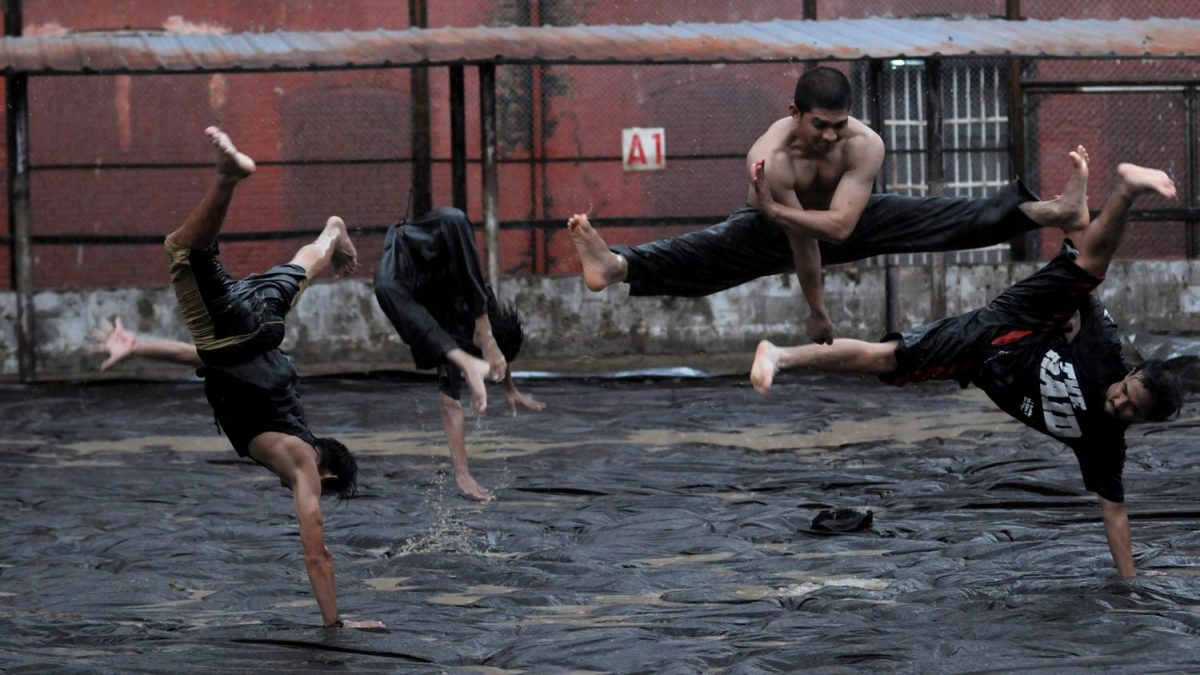
Many action fans would say that The Raid Redemption is one of the greatest action films of all time. With fights so brutal, fast and realistic, The Raid Redemption was also known for its amazing martial arts choreography and an interesting story. Fortunately, its sequel The Raid 2, had all the marks that made the first film good too.
The Raid 2 had kept what worked about the previous film and then took it in a new direction. It kept the well-choreographed fights and visceral violence, but placed protagonist Rama in a different situation and had a more engaging story. Whilst mindless action may be what some viewers look forward to, The Raid 2 added imagination and flair in its cinematography and editing.
Each fight had some sort of consequence or big stakes that allowed the violence we see on screen not only feel all the more real, but far more engaging as there was meaning ascribed to the brutality. Director Gareth Evans was also smart in the making of the film in which each fight had tension built up to it.
The sequel also upped the ante with its set design. What would’ve easily been done with the use of special visual effects in most films these days, was replicated in real life. Case in point: the prison fight scene. The mud and the rain made the entire scene grimy and chaotic and actor Iko Uwais could be seen sliding forwards and backwards on one foot each time he kicked somebody.
X2: X-Men United (2003)
Sequel to: X-Men (2000)

X-Men was the first of the modern generation of superhero movies, with top quality casts, special effects and get this: superpowers. Prior to X-Men, heroes were folks in spandex running around with fancy gadgets (Batman), were rather over-the-top cheesy (Superman) or just had movies that sucked (Blade). X-Men was the first time most people got to see superpowers brought to the big screen in a satisfying way.
So when X2: X-Men United came out, the creators made sure that fans would remember it – and they did. Complete with a great cast, exceptional cinematography and a score that became the go to-theme song for the X-Men movies, X2: X-Men United was a loose adaptation of one of Chris Claremont’s best X-Men stories, ‘God Loves, Man Kills’.
In this sequel, the creators brought in more than the mere four mutants seen in the first movie and cut to all the superhero goodness. Whilst the first entry for plenty of superhero movies got bogged down by an origin-driven story, X2 was driven by the comic book characters and what they’re capable of doing. Wolverine finally showed off how short of a fuse he has, Jean Grey sacrificed herself to save the X-Men, Pyro received more than a cameo and Iceman came out to his parents. There was alot going on that movie that comic book fans can relish in – something the first film lacked.
Bonus – Superman II: The Richard Donner Cut (2006)
Sequel to: Superman (1978)
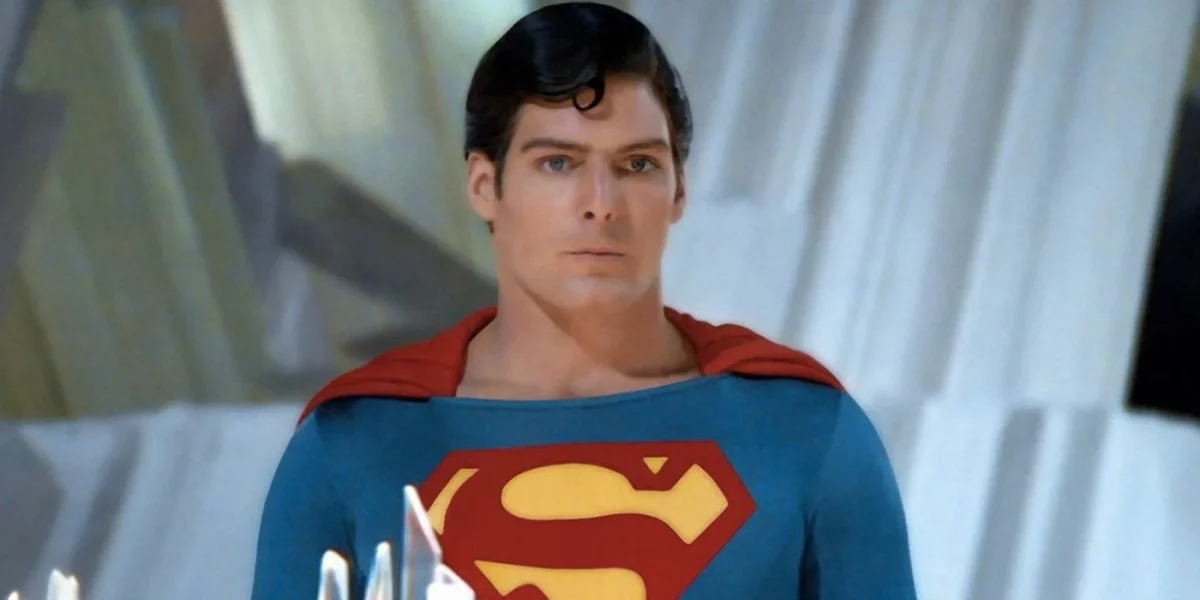
The Richard Donner Cut walked so that The Snyder Cut could run.
Superman II followed a similar trajectory as Justice League where original director Richard Donner was replaced by Richard Lester mid-production. Fan campaign eventually led to the release of Donner’s cut, albeit 26 years later.
Donner’s Superman had earned the hearts of fans and despite the original director leaving the sequel project due to creative differences with the producers of the film, Lester’s Superman II was still generally well-received. However, fans still wanted to see how Donner’s cut and boy, was it a treat. Donner’s cut of Superman II was darker and far more emotionally engaging than the original and Lester’s version. Donner was dramatic, serious and took a mythological approach whilst Lester tended towards the inherent silliness of the Superman mythos.
Tone aside, Superman II allowed for the exploration of Kal-El and his destiny. Not an origin film, the sequel was able to delve into more interesting ideas such as the practicality of balancing being a superhero and an average guy. The origin story was instrumental in giving Superman a purpose on Earth, but the sequel asks a more interesting question: “Now what?”.
We’ve seen superheroes save the planet before, and we’ll continue to see it. Superman II answered the more interesting question: “What do they do in between?”
The only reason this movie isn’t in the main list is that Donner never filmed an ending. Actually, he did – Superman travelled back in time and changed the past to safeguard his future, except that the producers loved it so much, they dumped the ending of the first movie, and used the time travel ending from the second film, in the first one. We can only guess what Donner would have done to finish the movie, had he not been fired back then, but at least we get to something a lot closer to his vision.
And there you have it, 10 (plus 1) perfect sequels! As Hollywood turns into a franchise-churning machine, the average viewer can expect any good movie to receive a sequel soon after. Whether or not they become successful is another question, but until we have other worthy sequels to add to this list, let us know what you think!

